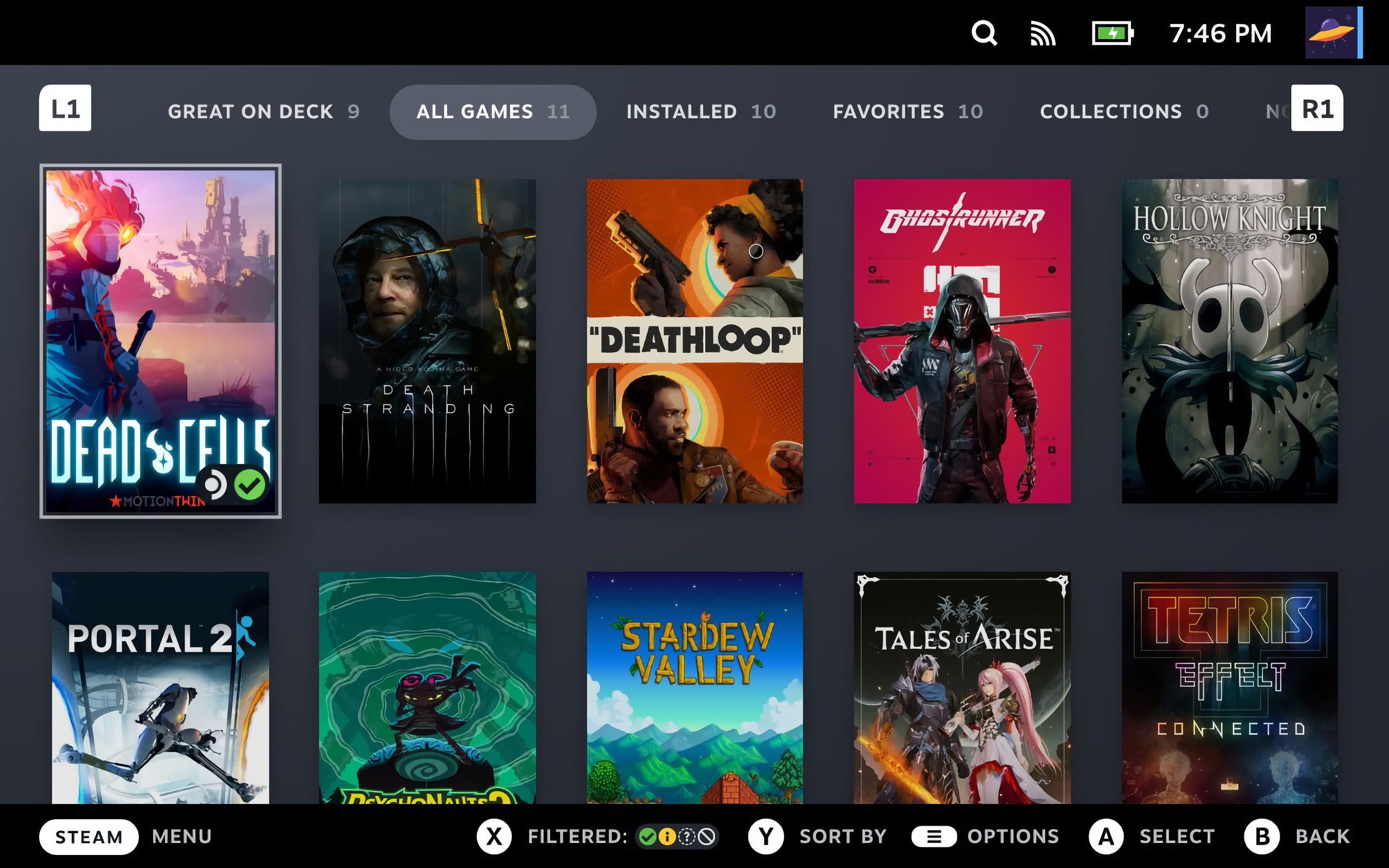Summary: Valve is advancing its long-anticipated initiative to expand SteamOS’s availability to more devices beyond the Steam Deck. The stable release introduces support for systems from Lenovo, Asus, and others, providing a more reliable alternative to Windows for handheld gaming PCs. Additionally, it brings new features and bug fixes.
The installation of SteamOS 3.7.8 is now available, featuring official support for the Lenovo Legion Go S and enhanced compatibility with other handheld gaming devices, including the Asus ROG Ally. The release has the potential to significantly improve user experience on these platforms.
SteamOS offers a gamepad-centric interface that is more compatible with smaller screens compared to Windows 11, giving the Steam Deck a distinct advantage over higher-end portable PCs. Recent updates to the Linux-based operating system have gradually laid out Valve’s wider release strategy, with the latest update now available for public testing. The operating system is built on a newer Arch Linux base, the Linux kernel has been upgraded to version 6.11, and desktop mode operates on Plasma 6.2.5.
Early users should download the SteamOS recovery image and adhere to Valve’s setup guidelines. Version 3.7.8 has been specifically optimized for handheld devices, although it currently only supports PCs built with AMD hardware and an NVMe SSD.
The system requirements are likely applicable to devices constructed with similar AMD APUs, which may include the Ryzen 8840U, Ryzen AI HX 370, Ryzen Z1, and Ryzen Z2. Valve supplies detailed installation guidance for the original Lenovo Legion Go and the ROG Ally, while the latest build should theoretically accommodate handheld devices such as the GPD Win, Ayaneo 3, and Zotac Zone. The Intel-powered MSI Claw remains unsupported, and whether Valve intends to include Intel support in the future remains uncertain.
Daring testers may investigate if “AMD hardware” includes desktops or other Ryzen-based configurations. It’s still unclear if SteamOS supports dedicated Radeon GPUs and different wireless components.
A new noteworthy feature in the update allows users to set a battery charge limit, with Valve suggesting an 80 percent cap to enhance battery longevity for devices that are frequently docked. This feature is similar to the optional 90 percent limit recently implemented by Nintendo for the upcoming Switch 2. SteamOS 3.7.8 includes frame rate limitations for both internal and external VRR displays, and Bluetooth controllers can now wake the original LCD Steam Deck from sleep. As the first version 3.7 build to transition to the stable channel, several features have also exited the beta phase.
Lenovo is set to release the Legion Go S with SteamOS pre-installed in the upcoming weeks, offering it at a significantly reduced price compared to the Windows 11 model.

